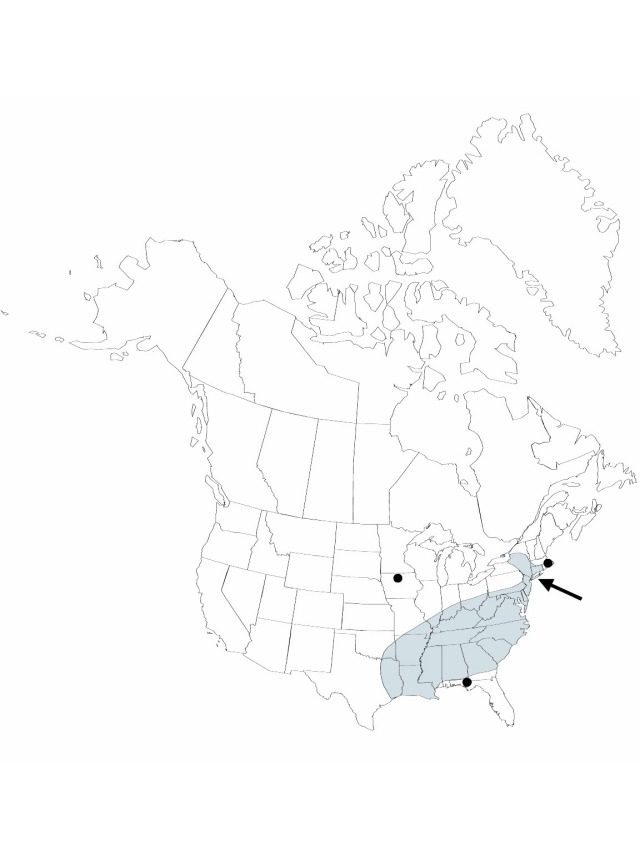Rhizomes to 1.5 cm or shorter, knotty. Culms loosely cespitose, 15–45 cm, base sometimes swollen. Leaves: basal leaves 4–15 cm × 2–7 mm, margins pilose to sparsely hairy, apex not callous. Inflorescences: glomerules 4–15, central glomerules sessile or nearly sessile, broadly conic or globose (often loosely flowered); peduncles straight, divergent by as much as 90°, to 9 cm; proximal inflorescence bract leaflike, not longer than inflorescence; bracts and bracteoles clear, variously cut. Flowers: tepals greenish to pale or dark brown, usually with clear margins and apex, 2.8–4 mm; anthers ca. 2–5 times filament length; stigmas 2–3 times length of styles. Capsules pale to dark brown, obovoid to subglobose, usually shorter than tepals. Seeds dark brown, globose, 1.2–1.6 mm; caruncle 0.5–0.6 mm. 2n = 12.
Phenology: Flowering and fruiting spring–early summer.
Habitat: Bluffs, wooded slopes, alluvial woods, streamsides, under hardwoods and occasionally in clearings
Elevation: 50–800 m
Distribution

Ala., Ark., Conn., Del., D.C., Fla., Ga., Ill., Ind., Iowa., Ky., La., Md., Mass., Miss., Mo., N.J., N.Y., N.C., Ohio, Okla., Pa., S.C., Tenn., Tex., Va., W.Va.
Discussion
Luzula echinata has knotty rhizomes to 1.5 cm; the bases of the culms are sometimes swollen. Flowers are characterized by stigmas that exceed styles by 2–3 times.
Selected References
None.
